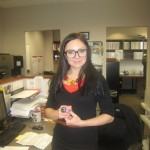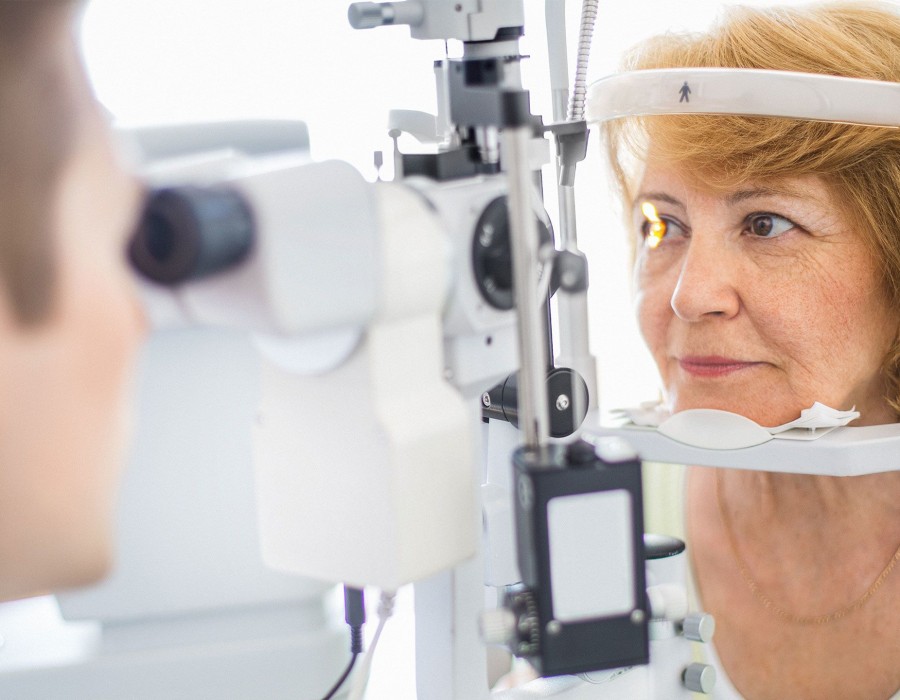Though there is no treatment for age-related macular degeneration (AMD), it appears that there are several things you may do to lower your risk of developing the condition and having AMD-related visual loss.
AMD is the most common cause of permanent vision loss in the elderly, who gradually lose their central vision. A person suffering from macular degeneration may eventually find it difficult or impossible to read, drive, or recognize familiar faces. Preventing age-related macular degeneration is the best way to save vision over years.
Learn more about the ways to reduce your risk of age-related macular degeneration.
1. Know your family history of eye diseases
If you have first-degree relatives with age-related macular degeneration, your risk of developing this condition may be significantly higher. Those with a family history of the disease should stay on top of AMD prevention and be aware of its signs. Some common symptoms of macular degeneration include difficulty recognizing faces, difficulty adapting to low light, and seeing straight lines that appear wavy.
2. Have a regular eye exam
A regular eye examination is crucial to ensure good vision and prevent serious diseases. The common symptoms of macular eye degeneration include blurriness, difficulty adapting to low lights, and reduction of central vision. People often confuse these symptoms with eye tiredness and rarely seek medical attention for them. The doctor can diagnose any degenerative changes during your vision examination. Make sure to visit ophthalmology at least once a year.
3. Stop smoking
Tobacco use can more than double your risk of developing age-related macular degeneration. Furthermore, smoking exposes you to potentially harmful free radicals and chemicals, which can cause cellular damage and prevent nutrients from reaching the retina. Besides, some compounds in cigarettes can be either toxic or mutagenic. They can cause vascular changes and ocular inflammation that increase your risk of AMD.
4. Protect your eyes
It is important to protect your eyes from UV and blue light. Exposure to blue and UV light can damage your retina and increase the risk of AMD. To protect your eyes, it is recommended to use sunglasses with "UV 400". Lifetime usage of protective eyeglasses is the best way to preserve your vision.
5. Take supplements
If your diet lacks essential nutrients, you may benefit from taking supplements, particularly multivitamins. People who are at risk of developing AMD (family history of AMD or other chronic health conditions) should ask their doctor about specialized supplement combinations to support eye health. The eye-supporting supplements aren’t therapy or cure for AMD, but they can reduce your chance of developing the more severe forms of the disease.
6. Manage your blood pressure
High blood pressure reduces the amount of blood and oxygen flowing to your eyes. This can also reduce the nutrient supply to your eyes. Poor supply of your eye with blood, oxygen, and nutrients can result in impaired eye function and increase your risk of developing age-related macular degeneration. Managing your blood sugar levels can help you reduce your risk of eye problems and other serious health conditions.
7. Eat plenty of leafy greens
Fill your plate with green leafy greens like spinach, kale, Swiss chard, and broccoli to preserve sight and lower the risk of age-related macular degeneration. These vegetables are high in antioxidants and vitamins that are beneficial for your eyes. They aid in the prevention of cellular damage caused by free radicals, which can impair your vision.
8. Control your blood sugar
Uncontrolled diabetes can impair almost all organs within your body, including your eyes. People with diabetes are at higher risk of eye conditions like diabetic retinopathy, cataracts, glaucoma, and macular degeneration. Because of high blood sugar, the blood and nutrient flow to your eyes may reduce, increasing the risk of macular degeneration. Diabetes patients older than 50 are even more prone to this disease.






Comments